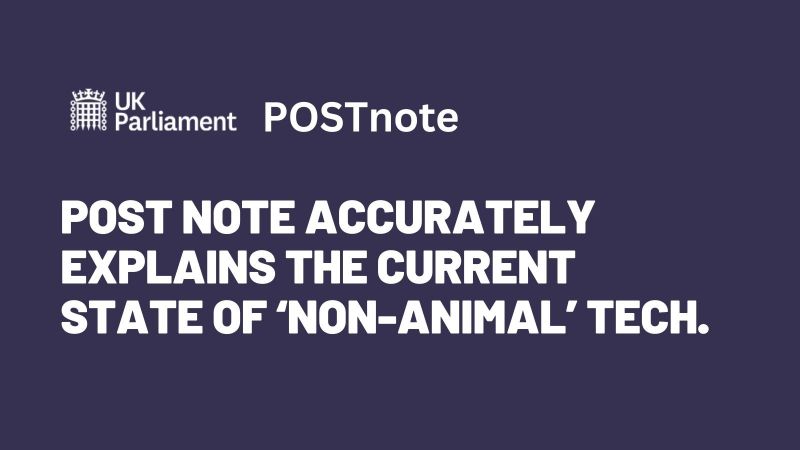Blood clots
Blood clotting (coagulation) disturbs blood flow, and is essential to us, for example to ensure we stop bleeding after a cut. However, clotting in the wrong place can lead to deep vein thrombosis, pulmonary embolism, heart attacks and strokes, and blood-thinners or anticoagulants are used to prevent or treat these.
Heparin, an anticoagulant occurring naturally in mammals, is one of the main blood-thinning medicines. It was first isolated from dogs by Jay Maclean, an American medical student at Johns Hopkins University, in 1916. Early extracts were impure and unsuitable for human use, but in 1937 purified extracts were found to cause no ill effects in dogs, rabbits, guinea pigs, mice and, subsequently, human patients.
As well as being administered directly to patients, heparin is also used in medical devices such as test tubes, renal dialysis machines and blood transfusion bags. But it is expensive and, when used in man, must be injected or infused.
While doctors were learning to make the best use of heparin, researchers at the University of Wisconsin discovered another potent anticoagulant, dicoumarin, in rotted sweet clover, which had been killing cattle. The Wisconsin labs synthesised more than 100 related substances, and one proved to be a deadly rat poison which works by making the animal bleed to death. They called it warfarin (from the initials of the Wisconsin Alumni Research Foundation, plus the -arin ending of the coumarin family).
In small doses, however, warfarin is an effective anticoagulant and is now the most commonly used. It can be used in smaller doses than dicoumarin and, unlike heparin, can be given by mouth.
IMAGE©WELLCOME IMAGES



